(November 24, 2023) Shauraya Bhutani functions at the nerve centre of tech investment and advisory across two of the world’s largest growth markets, SE Asia and India. The co-founder of Capital Connect Advisors, Bhutani, who is based out of Singapore and India, advises growth-stage companies (Series B+) in SE Asia and India on M&A and private placements and invests in early-stage companies in India. Named to Forbes Asia’s 30 Under 30 list in 2023, Bhutani has played a key role in over 20 capital raising and M&A transactions. In 2021, he contributed to the trade sale of Bizzy Digital to Warung Pintar in Indonesia, and one year prior, was part of Fabelio’s $10 million Series C fundraise. In 2019, he was involved in the strategic 2019 merger between Vimo and mPos, leading to the establishment of Vietnam’s NExtPay.
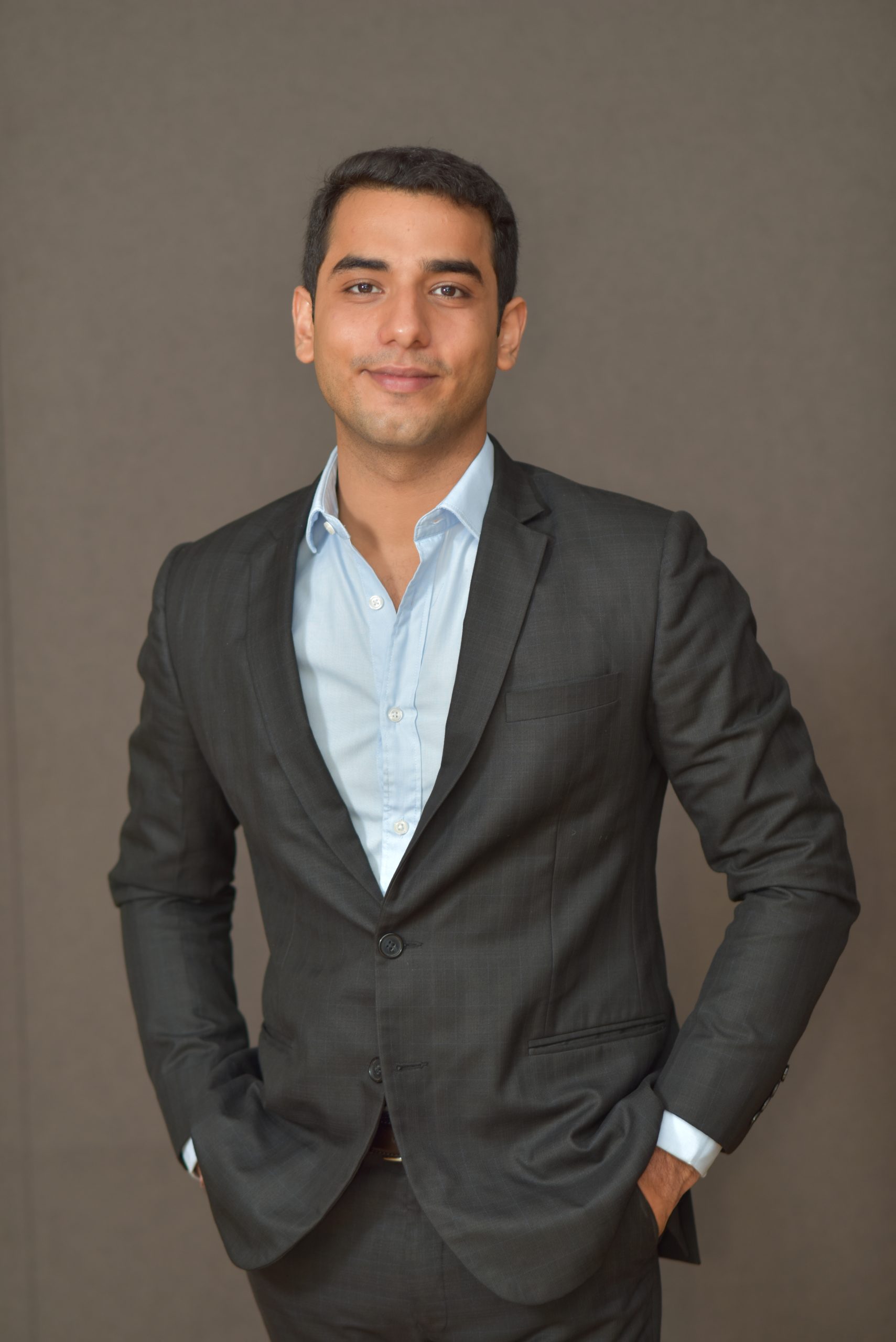
The twenty-eight year old, who is based out of Singapore, has been identified as one of the top 50 emerging thought leaders in the tech startup ecosystem of Southeast Asia by e27. His contributions have been featured in leading publications such as Business Times, e27, YourStory, Entrepreneur Magazine, The Financial Express, Inc42, and TechInAsia. Notably, Bhutani authored Southeast Asia’s first YC-style fundraising playbook for founders, a co-publication with e27, garnering attention in the Masters of Cashflow Podcast.
Early days
Bhutani comes from an ‘out-and-out Delhi upbringing’, spending his formative years studying at Modern School in South Delhi till he was 18 years old. “I got by well in school in terms of academics, but the real learning for me was always outside – seeing my parents build their businesses, the interactions I had with my friends, and all that that comes with growing up in Delhi,” he recollects. Having watched his parents work hard to build their own businesses, he understood early on that while it was tough, it was also greatly rewarding. “Quite early on, when I was 15 or 16 years old, I was fascinated by the finance world – the lifestyles of the people working in investment banking, the work they did, and the influence they wielded,” he explains.
Career strategy
Heading abroad to Singapore Management University for his undergraduate degree became a defining experience for Bhutani. The university offered a career-oriented curriculum and Bhutani made the most of it, seeking internships to get real world exposure. He interned at KPMG India as a forensic analyst and then at BNP Paribas India, getting his first feel of office culture. “My most impactful internship was at a boutique investment firm, Asia Green Capital in Singapore, where I learnt from the best in the business,” he tells Global Indian. He learned how to pay attention to detail, draw rough conclusions and act on them and how to conduct himself in meetings. He stayed there for a year and a half before joining a boutique investment bank, North Ridge Partners, where he joined as an analyst in the team and leaving as a director five years later. This was where he established his career as an investment banker, learnt the ropes of tech investment and funding, and built goodwill among a high-value network across Singapore and SE Asia. At the end of his stint with North Ridge, he took the leap into entrepreneurship, setting up his own boutique investment firm, Capital Connect Advisors, along with some ex-colleagues. Cap Connect is now one of the most active boutique investment banks in the technology sector across SE Asia and India.
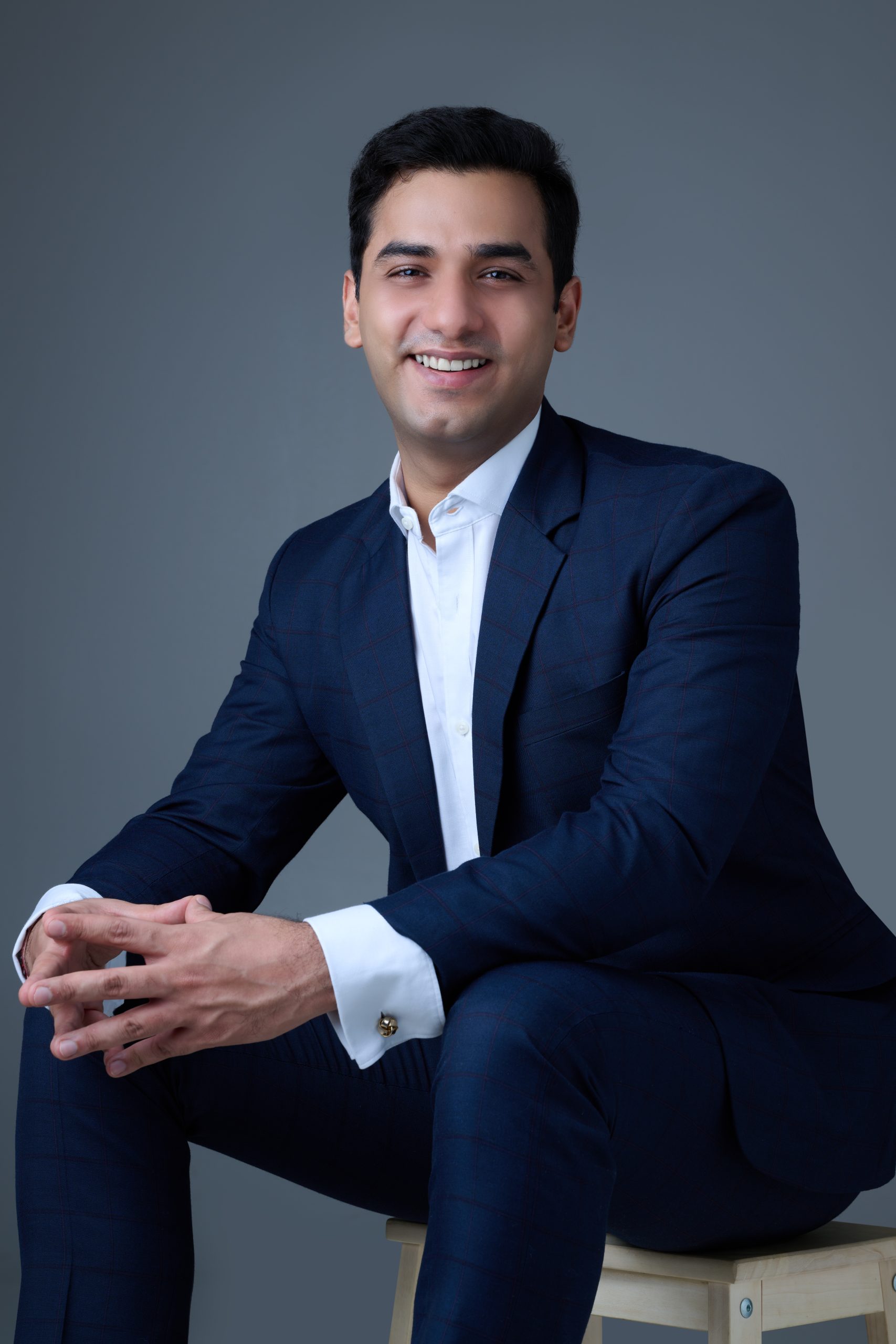
Venturing ahead
In 2022, he teamed up with longtime associates to create Breathe Capital, a micro-venture capital firm supporting promising entrepreneurs in India. The ventures he’s involved with, Cap Connect and Breathe Cap, “are a synthesis of my formative years growing up in Delhi, my time at University and of course my investment banking career in Singapore,” Bhutani says. These are still early days for Breathe Capital, and Bhutani divides his time between building he business and operations, While still early in the journey with Breathe Capital, he dedicates time to various aspects, from evaluating investment pitches and assisting portfolio founders to refining strategies based on market trends, managing investor relations, and dealing with regulators.
Technology is at the epicentre of his business – they they leverage tools like DealCloud for CRM to handle investor, startup, and stakeholder data, Asana for project management and Eillia AI for repetitive tasks like research queries. As a young founder in financial services, he faces unique challenges, given the dominance of older CEOs with decades of experience. Despite grappling with “imposter syndrome,” he focuses on delivering outcomes and transparently showcasing the value he brings, fostering trust among the founders he works with. “It has been an uphill battle for me,” he admits, in “trying to establish my own arena and my own track record.” The key is building trust amongst his founders, “really the only people who matter.” This he does by remaining outcome-focused and upfront in terms of value proposition.
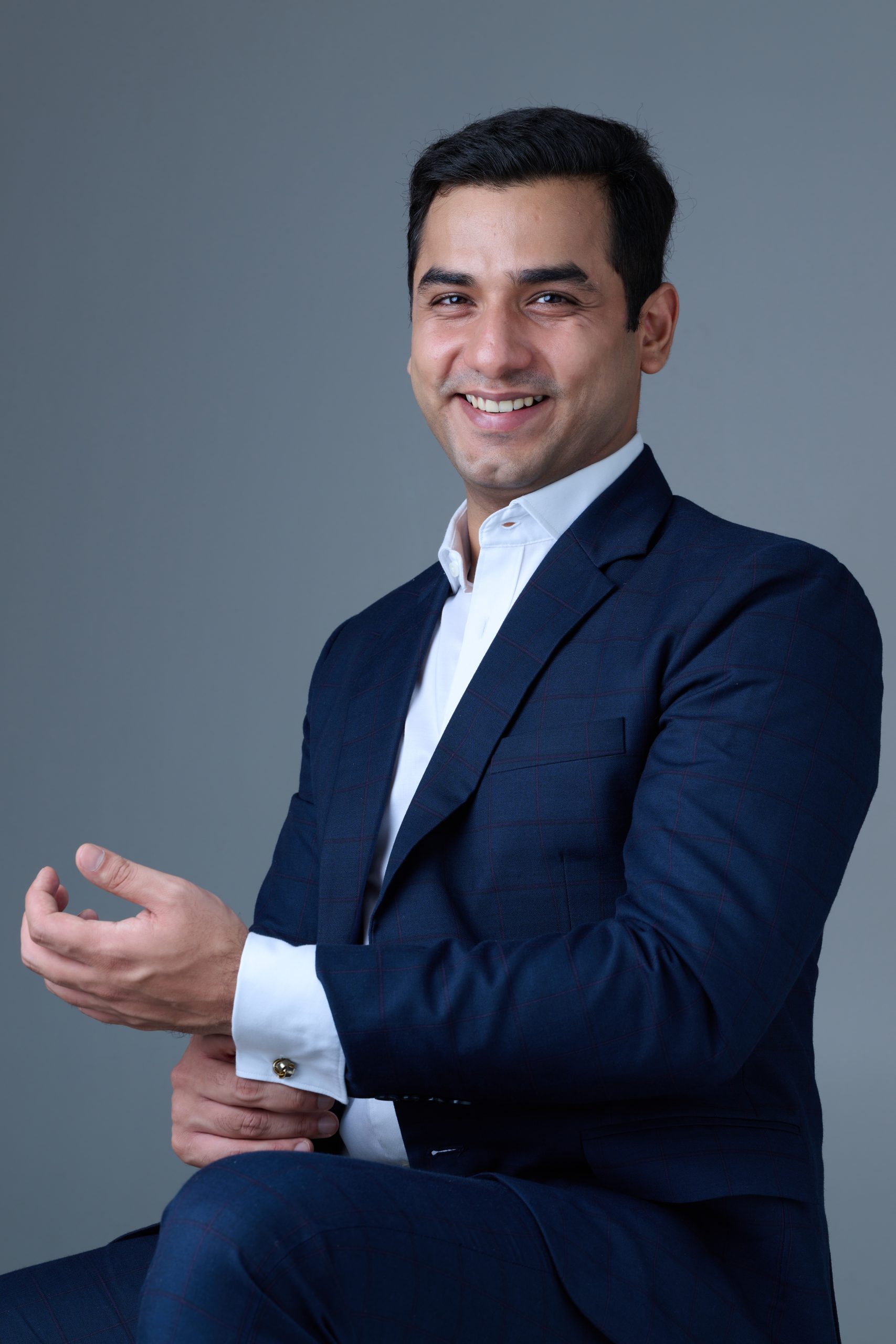
Striking a balance
Quiz him on how he maintains work-life balance, he admits that this is something that is always at odds with each other. “For me work life balance is a false choice. I don’t see how one cannot call work where you spend at least eight hours every day or 50% of your waking hours not life.” Bhutani’s way around this is to find the one thing that does not feel like “work,” which fuels an overarching purpose. “If you are unable to do that still, don’t worry too much about this early on in your career. Rather focus on building something sustainable so that, later, you can spend time as you like.” Personally, he enjoys any time he can get with his family and friends, play a bit of sports, and take short vacations now and then.
Lessons learnt
Having worked for a while, Bhutani says that the single most important insight he has for a young person is always optimise for the upside rather than the downside. “As young people, we are presented with so-called ‘safer options’, which are paths with a limited upside and are typically mind numbing.” While this can alleviate one’s immediate fears, it might not be mentally engaging or purpose-driven. And over time, this begins to tell. “Your personal development will stagnate and there is nothing more tragic than that. Always remember there is always a downside whether you see it or not or, rather, whether they show it to you or not,” he avers. Looking ahead he wants to build an organisation that can serve founders at scale, who are in turn building solutions for the 2.1 billion people across India and SE Asia.
- Follow Shauraya Bhutani on LinkedIn




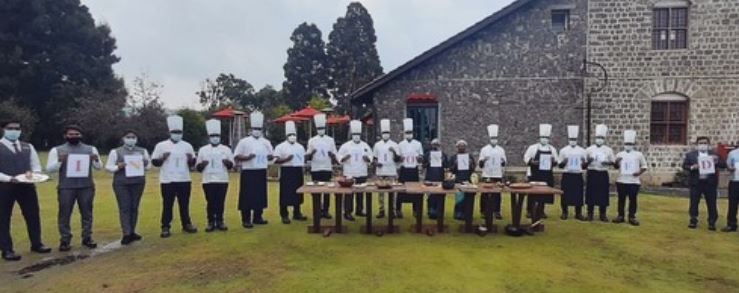



 Dr. Rao Gupta with Michelle Milford Morse, Vice President of the UN’s Girls and Women Strategy[/caption]
Dr. Rao Gupta with Michelle Milford Morse, Vice President of the UN’s Girls and Women Strategy[/caption]
 Jalebi Painting by artist TK Sarasvathy.[/caption]
Jalebi Painting by artist TK Sarasvathy.[/caption]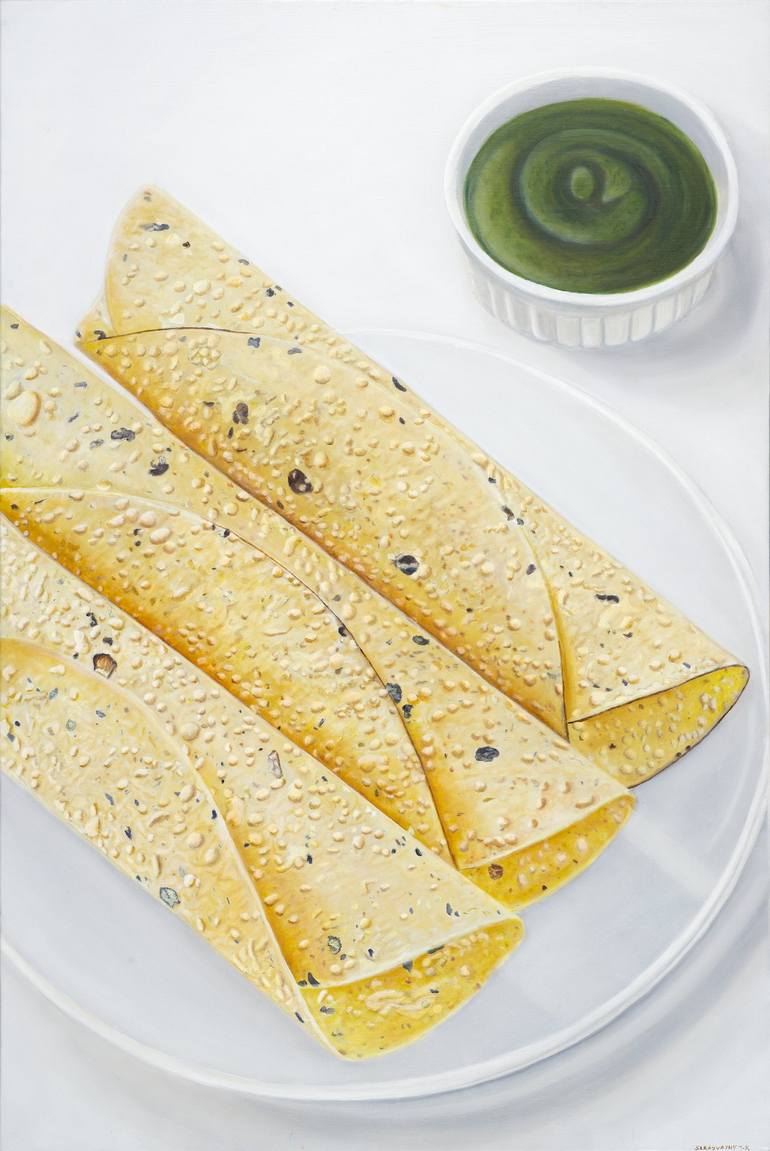 Papad painting by Artist TK Sarasvathy.[/caption]
Papad painting by Artist TK Sarasvathy.[/caption]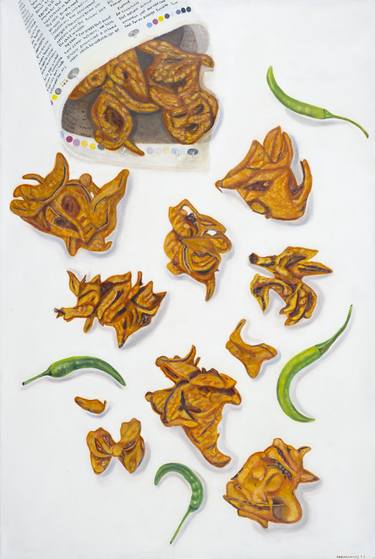



 Harnaaz Sandhu, Miss Universe India 2021, wearing Saisha Shinde's creation.[/caption]
Harnaaz Sandhu, Miss Universe India 2021, wearing Saisha Shinde's creation.[/caption] Saisha Shinde[/caption]
Saisha Shinde[/caption]